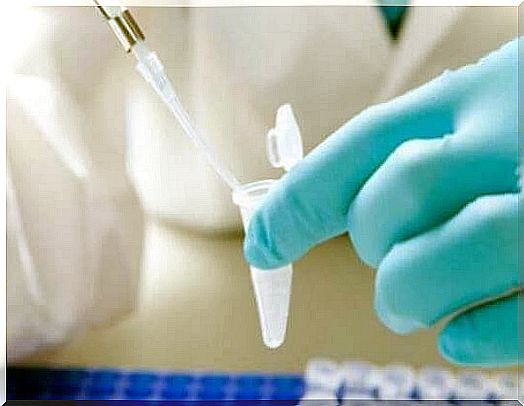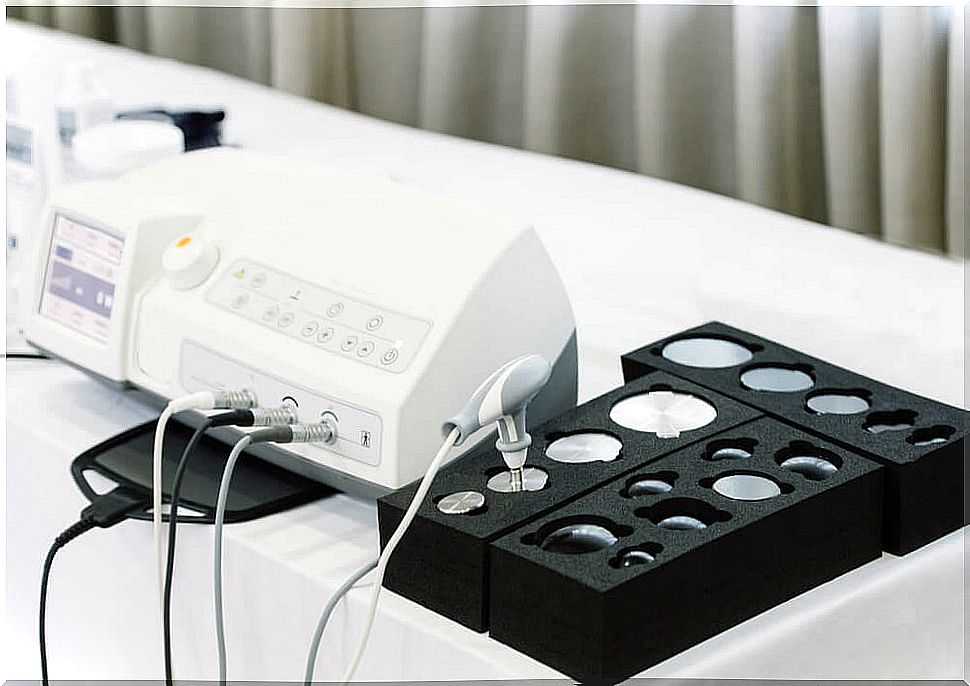Advances In The Treatment Of Breast Cancer
Advances in the treatment of breast cancer have to do with less invasive diagnostic techniques, more specific drugs and very new methods.

The treatment of breast cancer has made significant advances in recent years. The figures say it all. While in 2000 the survival rate was 37%, by 2012 it was 49%. There is no global consolidated for 2018, but it is known that mortality continues to decrease.
Science has shown progress in various areas of breast cancer treatment. There is evolution at the level of diagnosis, drug development , prevention and comprehensive management of the disease. The outlook is increasingly encouraging.
In fact, in June 2018 the first case of total cure of breast cancer took place, through immunotherapy. It is an immense achievement that heralds new horizons for the treatment of breast cancer and for medicine in general.
Let’s see what are the main advances in the treatment of breast cancer.
1. Immunotherapy treatment
An investigation carried out at the National Institute of Health in Bethesda (Maryland, USA), led by Dr. Steven A. Rosenberg, was able to completely eliminate cancer cells, through a treatment of immunotherapy with T cells.
So far, two types of breast cancer treatment with immunotherapy have been implemented. The first consists of extracting T cells from the blood or tumor, culturing those that recognize the tumor, and then injecting them into the patient.
The other form of immunotherapy is to reactivate T cells, by injecting antibodies. T cells are responsible for coordinating the immune response of cells. So far this method had not yielded results, but now it has been achieved, which is a giant step in the fight against cancer.
2. The sleeping cancer
One of the great advances in the treatment of breast cancer occurred at the Vall d’Hebron Institute of Oncology. It has to do with “sleeping cancer”, that is, with cancer cells that remain hidden or inactive, after having overcome the disease.
These types of hidden cells can be activated later and cause the dreaded relapses of cancer patients. Vall d’Hebron’s research was able to identify the protein that keeps these “sleeping malignant cells” alive.
This advance has allowed the development of new drugs that seek to block this protein and thus eliminate these potentially harmful cells. This could significantly reduce relapses in the near future.
3. The heterogeneity of breast cancer and surgeries
One of the most important advances of the 21st century has been the discovery of the different subtypes of breast cancer. Thanks to this, it has been possible to understand that specific treatments are required for each subtype and thus greater efficacy has been achieved.
Today the drugs available for chemotherapy are much more varied and specific. Likewise, it has been possible to increase the number of conservative surgeries, with less intervention on the armpit.
These types of surgeries reduce complications and decrease the number of relapses for patients with breast cancer. Likewise, they facilitate rehabilitation and raise the quality of life of patients.
4. Better diagnoses for the treatment of breast cancer

The basis in the treatment of breast cancer is the diagnosis. In recent years there has been an important advance in the matter. Today diagnoses are much simpler, less invasive and less traumatic than before.
Liquid biopsies have become a very functional tool for the detection of breast cancer. It is a cancer detector through the blood. They offer more information, in a lesser amount of time and with minimal difficulty.
Likewise, the epigenetic diagnostic test is one of the great advances in this field. It is based on the analysis of the genome and allows the diagnosis of tumors of unknown origin.
5. New radiotherapy techniques

Radiation therapy is one of the most widely used methods of killing cancer cells. However, this technique also attacks healthy cells and is therefore not harmless for the body. To solve this problem, brachytherapy has been developed.
Brachytherapy is a mechanism by which a radioactive source is placed within the tumor itself, or in an area very close to it. This allows only malignant cells to be attacked, without causing further damage to nearby tissues or organs.
This represents a great leap forward in the treatment of breast cancer. Especially since brachytherapy only needs to be applied for four days and its side effects are much less than those of conventional radiotherapy.









